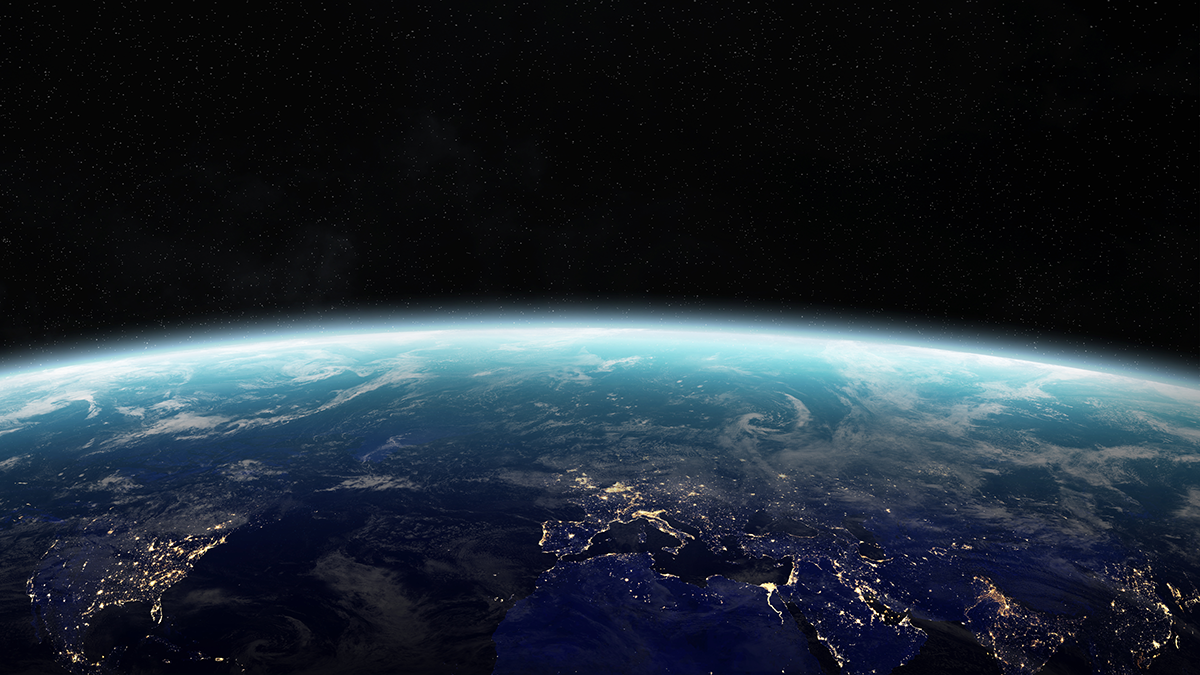Ozone layer is recovering due to success of Montreal Protocol

Since 1980, the ozone is monitored by various ground-based, in-situ and satellite instruments, and the status of ozone recovery is assessed in quadrennial Scientific Assessment Reports. Recently published WMO report confirms the success of the Montreal protocol: ozone-destroying substances (ODS) are declining in the atmosphere.
As stated in the Executive Summary: “Recovery of ozone in the upper stratosphere is progressing. Total column ozone in the Antarctic continues to recover, notwithstanding substantial interannual variability in the size, strength, and longevity of the ozone hole. Total column ozone is expected to return to 1980 values around 2066 in the Antarctic, around 2045 in the Arctic, and around 2040 for the near-global average (60°N–60°S)“. The decline of ODS also mitigates the global warming by 0.5-1°.
Current scientific and policy challenges include the recent identification of unexpected emissions of CFC-11 (chlorofluorocarbon-11) and other ozone depleting substances, and discrepancy between model and observations related to ozone trends in the lower stratosphere. Exceptional events, such as strong wild fires, volcanic eruptions, or disruptions in atmospheric dynamics, can temporarily perturb chemical and dynamical processes that affect stratospheric ozone amounts.
FMI researchers contribute to the ozone assesment
FMI’s researchers contributed actively to the Assessment as reviewers and writers.
“Measurements show unambiguous increases in upper-stratospheric ozone for 2000–2020, which are due to a combination of decreases in ozone-depleting substances and decreases in stratospheric temperature driven by increases in greenhouse gases. Aggregated ground- and space-based observations indicate an increase of 0.3% per decade in near-global (60°S–60°N) total ozone over the 1996–2020 period, but still with low confidence. In the Arctic, observed trends in ozone remain small compared to the large year-to-year variability. This precludes the identification of a statistically significant trend in Arctic ozone over the 2000–2021 period”, says Viktoria Sofieva, co-author of the Chapter 3.
FMI is involved in the work behind the Assessment by participating in the European Space Agency Ozone Climate Change Initiative and European Copernicus Climate Change Service, where it has a leading role in providing long-term datasets of stratospheric ozone profiles. The work includes continuous ozone and UV monitoring: balloon ozone soundings and ground-based measurements in Finland and Antarctica, and satellite measurements providing measurements with global coverage.
Further information:
Senior research scientist Viktoria Sofieva, tel. +358 50 380 3413, viktoria.sofieva@fmi.fi
Research professor, Anton Laakso, tel. +358 50 3607186, anton.laakso@fmi.fi (chapter 6)
Research professor Alexey Karpechko, tel. +358 45 315 6020, alexey.karpechko@fmi.fi
Docent, research scientist Kaisa Lakkala, tel. +358 40 747 6792, kaisa.lakkala@fmi.fi (effects on UV radiation)
Ozone and UV monitoring web-pages:
About Montreal Protocol
The ozone layer protects life on Earth from harmful ultraviolet solar radiation and plays an important role in the radiation budget of the atmosphere. In the early 1980’s, scientists began to realize that Earth’s natural sunscreen was thinning dramatically over the South Pole each spring leading to so-called Antarctic ozone hole. An understanding of the causes of ozone loss was quickly established after the ozone hole discovery, and an international agreement about the control of ozone-depleting substances was reached in Montreal in 1987.
